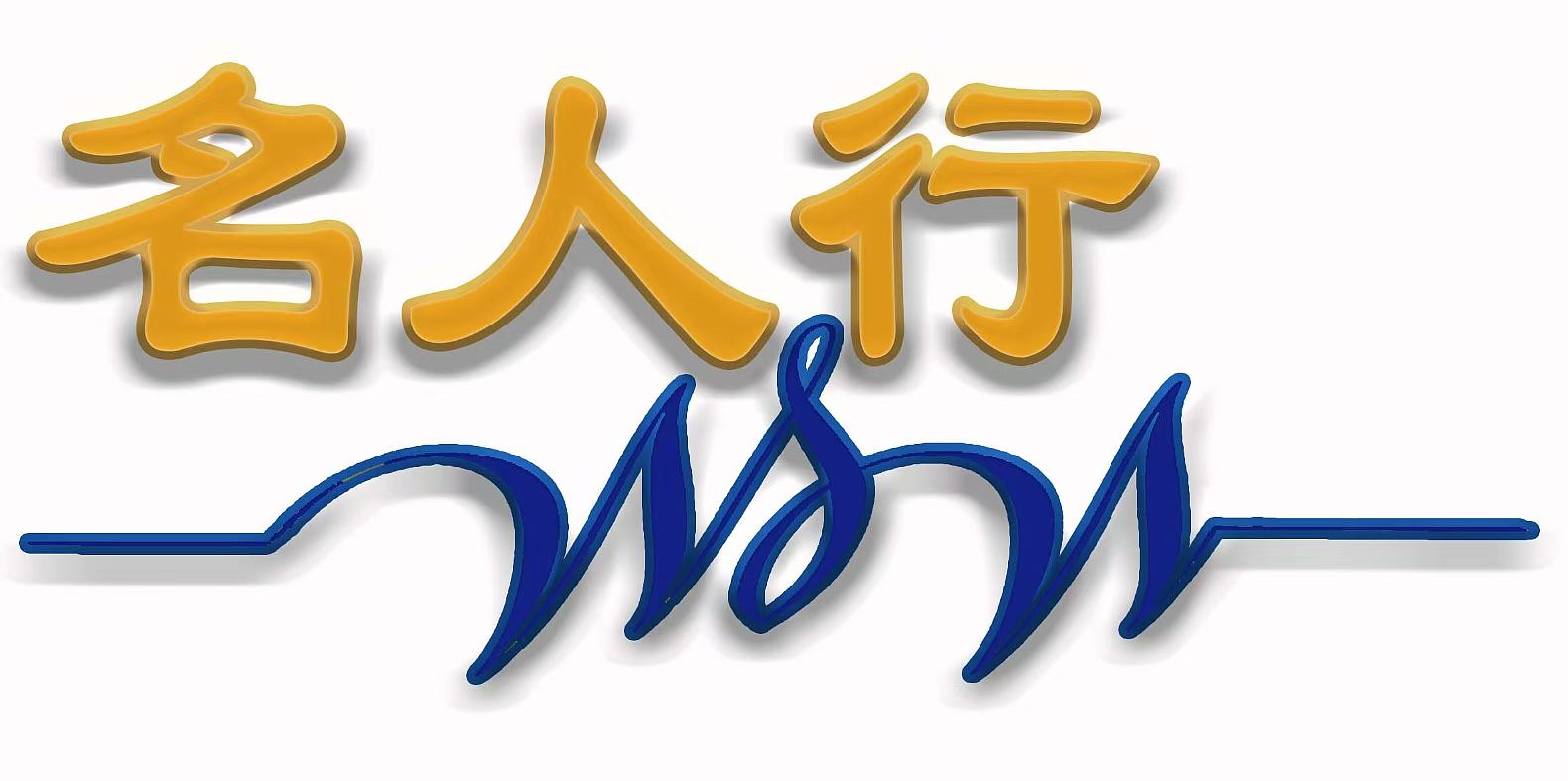Why Practice Wudang Tai Chi? A Comprehensive Analysis of Its Fitness and Wellness BenefitsI. Fitness
Why Practice Wudang Tai Chi?
Why Practice Wudang Tai Chi? A Comprehensive Analysis of Its Fitness and Wellness Benefits
I. Fitness Benefits: Holistic Enhancement of Physical Health
- Strengthening Muscles and BonesWudang Tai Chi’s slow, continuous movements combined with rhythmic breathing effectively engage core muscles and lower-body strength. This improves joint flexibility, increases bone density, and reduces long-term risks of osteoporosis and falls. The dynamic transitions between empty and solid stances in its movements further enhance coordination and balance.
- Boosting Cardiorespiratory Function and Blood CirculationThe practice of abdominal breathing and fluid motions increases lung capacity, promotes oxygen intake, and enhances blood circulation, thereby reducing strain on the heart. Studies show that regular practice lowers the incidence of hypertension and cardiovascular diseases while improving overall cardiorespiratory endurance.
- Regulating Nervous System ActivityThe focus on synchronizing movements with breath cultivates mindfulness, balancing sympathetic and parasympathetic nervous system functions. This alleviates anxiety, depression, and stress, with notable benefits for conditions like neurasthenia and insomnia.
II. Wellness Benefits: Internal and External Healing Mechanisms
- Harmonizing Qi-Blood Flow and Internal Organ HealthWudang Tai Chi emphasizes “guiding qi with intention and moving the body through qi,” using rotations of the waist and core to stimulate internal organs like a “visceral massage.” This enhances digestion, metabolism, and immune function while addressing subhealth issues such as constipation. Its expansive movements also unblock meridians, allowing qi and blood to nourish the entire body.
- Disease Prevention and Chronic Condition ManagementLong-term practice regulates the endocrine system, aiding in the management of chronic diseases like hypertension and diabetes. For example, deep breathing lowers cortisol levels to stabilize blood sugar and pressure, while gentle motions reduce joint inflammation.
- Stress Relief and Emotional BalanceThe slow tempo and meditative nature of Wudang Tai Chi reduce stress hormones, inducing deep relaxation. Rooted in Daoist philosophy—such as “overcoming hardness with softness”—it fosters mental tranquility, stabilizes emotions, and enhances life satisfaction.
III. Cultural Value: Wisdom of Mind-Body Integration
Wudang Tai Chi is more than exercise—it embodies the essence of traditional wellness culture:
- Philosophical Integration of Hardness and Softness: Through movements that “soften rigidity and cultivate resilience,” it teaches impetuous individuals restraint and empowers the timid with confidence, fostering personal growth.
- Holistic Wellness Principles: Combining daoyin (guided stretching), tuna (breathing techniques), and Traditional Chinese Medicine, it achieves longevity through the trinity of “aligning body, breath, and mind”.
Conclusion: Blending scientific movement with Eastern philosophy, Wudang Tai Chi strengthens the body, manages chronic conditions, and promotes mental well-being. Its low intensity and adaptability make it ideal for all ages and fitness levels, offering a timeless path to “preventive healthcare” (治未病) and “nurturing both body and spirit”

Comments (0)
No comments